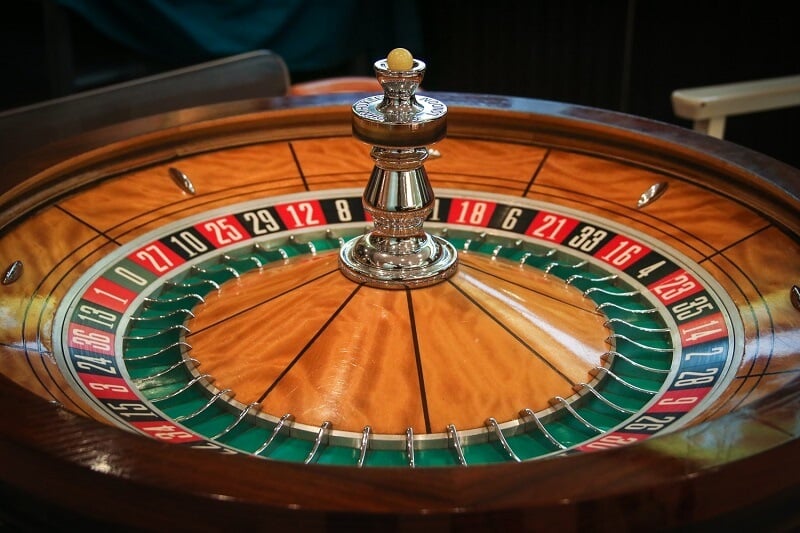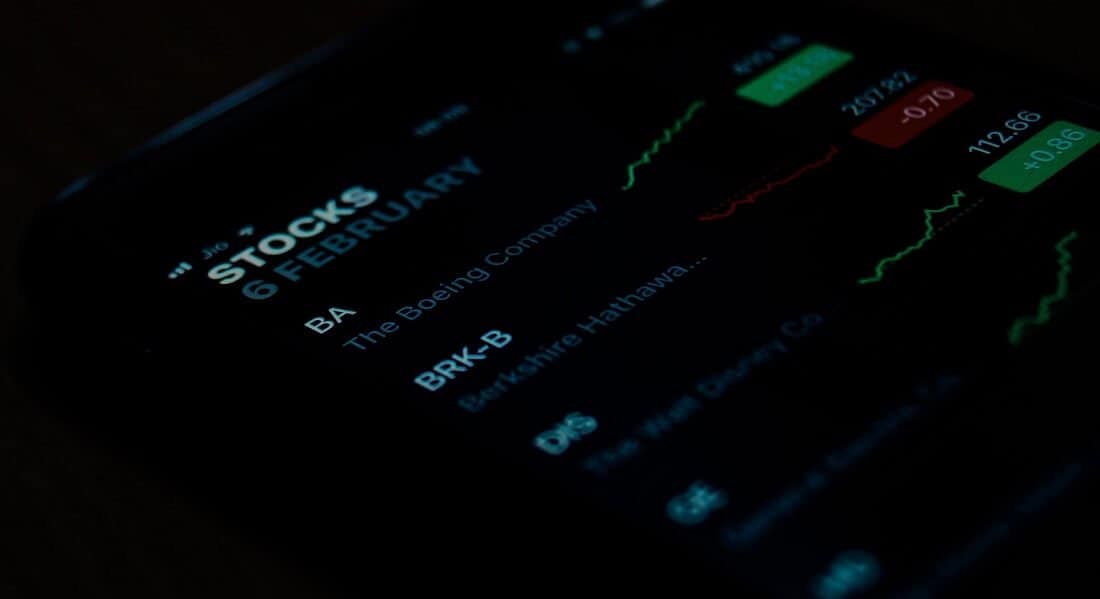
If you have poor risk management, if you size your trades higher the more you lose, you are gambling. That is how casino-players lose money.
By Guy Avtalyon
I know some of you are asking themselves is day trading like gambling. Also, some would say yes, it is gambling but not me. Let me ask you something. Would you like to have enough money for everything you need? Even more, for everything you would like to buy, to travel everywhere you want, to have a super designed home, luxury items. Honestly, it’s possible. Imagine that kind of life. No money problems, no anxiety, no stress caused by money issues. Really, that could be a wonderful life. Everyone would like it. The truth is that only a few know how to achieve that.
Having a life without financial stress and suffering is everyone’s goal.
As the days rush by and the nights draw in, it’s well worth resting for a moment to catch up on what’s going on in the world. That’s why I’ve selected this topic to help you do just that. Let’s break this myth! The money belongs to all of us. We all can have it enough to have a dreaming life. In fact, we have all the right to enjoy, to be happy, we are born for happiness.
This isn’t some life coaching mumbo jumbo or MLM trick, this is a real-life story. It’s a business. Day trading is a business so how can anyone talk about it like gambling? Is day trading like gambling? Of course not.
I’ll point out several differences.
Day trading means prompt actions in the markets. Day traders don’t have the luxury of a long-term study of all the circumstances that can make a trade. It is all about odds in your favor.
The main characteristics of day trading
It works very fast. Day traders have to react quickly to any market change because trading means buying and selling securities at the right time with a profit. Short-term changes in the price changes are favorable for day traders. They can think quickly, act promptly, and profit. Day trading doesn’t necessarily mean taking a lot of risks per trade. It’s quite opposite. Traders don’t take a risk on every trade. They are trained to recognize any change in the market, even more, thanks to their knowledge and experience, they know what markets are telling them. So, they can act based on that info. In essence, they are responding to the market’s movements.
Are all of their trades successful? No! Many of their trades are failures. But if more than half of trades are winning everything is okay. Day traders don’t have time for long and in-deep estimations. They can recognize profit opportunities based on price and volume patterns.
Is day trading stressful? It can be. They have to react here and now if they want a quick profit.
How is day trading different from gambling?
In gambling, you put up your money with the belief that some fortunate events will occur. But what about the odds? Are they in your or house’s favor? Behind gambling lies unsupported and unrealistic hope. Do you have any chance to hit lucky? Actually, there is more chance for the airplane to hit you.
On the other hand, hitting losses is more possible. Gambling is exciting for people with the wrong view of money-making.
Day trading is completely different. It is based on knowledge, research, training, experience. You can find only a few traders that enter a trade randomly. Basically, they are amateurs and it is very smart not to take them as the right example. You might think if they don’t take a lot of risks how could they expect big returns? Actually, they don’t expect such a thing. Their returns aren’t big but they are frequent. That’s a big number game. Profit a little but frequently. Of course, some trades will bring you a lot of money, some will end up in losses. The point is to have more winning trades than losing ones. Simple!
Are you ready for trading?
Many of you aren’t ready yet. You might be angry at me but it is true. As the Sun is in the sky and the Earth is a globe. I know you can easily fall into beginners’ mistakes. I saw so many people doing the same. Honestly, I was like you. I know what you mean exactly. You think that day trading is just a process where you can easily find the securities’ price past action, find the current price, and know how it will act in the future. You couldn’t be more wrong.
The truth is that all traders must have a good education about trading, markets, price movements, financial circumstances, securities they are trading. Their decisions are based on knowledge. Are you one of them? Are you able to make money every single day, every month? Do you know that even the best traders have losing years?
Do you understand why are you wrong? You treat day trading as gambling. So, to the question: Is day trading gambling you have only the wrong answer.
How to prepare for day trading?
If you are able to put your emotions away from your trades, you’re close but not ready yet. Why is that? First of all, if you want to be a day trader you’ll need to be indifferent about profit and loss sums. What you need is a workable trading strategy. Are you concerned about losses? If yes, it’s more likely you don’t have a viable strategy, so you’re not able to identify or take a reward to risk trades.
Let me ask you. What if you have a losing trade, what if the trade goes against you? That’s how odds work. You’ll have losing trades from time to time, don’t be afraid to lose money. If you never learn why you have losing trades, you’ll never learn how to have the winning ones. Losing trades are not the end of the world, they are just a phase. That shouldn’t affect you. Bear in mind, as long as you are able to learn and find where you make mistakes, you’ll be on the right track. You must understand that trade will go against you occasionally. Losses are run by possibilities. The point is that the possibilities are changing. Don’t let your losses influence your approach to the markets in the future.
Take the trades that give you the highest reward relative to the risk you take. Size your position properly and never let any trade dominate your profit and loss amounts. Spread your trades. If you do so you will have good results in their cumulative performances. It’s a point of diversification. You should diversify your trades but never over-diverse. Do it to reduce the volatility in securities performances not to tell to friends how many different securities you’re trading.
So, is day trading like gambling? No, not even close.
How to track your profits?
Let’s say you have a viable day trading strategy. That means you are confident. But your job here isn’t finished. You have to track your day trading profits and losses. You may have the best strategy ever but if you don’t have a track record, you’ll be lost. You’ll not know what’s happening. Don’t get careless. That never drives you to success. Keep in mind, you’re not playing a game, you’re doing a job. If you have an accurate track record you’ll be able not only to know how good your strategy is but also you’ll be able to adjust it if it is not working for you.
I’m suggesting you set up a spreadsheet. Add columns for the securities you bought, the exact time you made a trade, the third column should be at which price you bought it, in the fourth column you should add how many assets you bought, and the last column is for the commissions.
Also, set up the columns for closed positions so you’ll know how your trades ended up. Then, calculate how good you are, what is the return in percentages for each of your trades. You can calculate it in currency, of course.
So, at the end of this post, let me ask you, is day trading like gambling?
Waiting for your answer. Happy trading! Do it smart!





